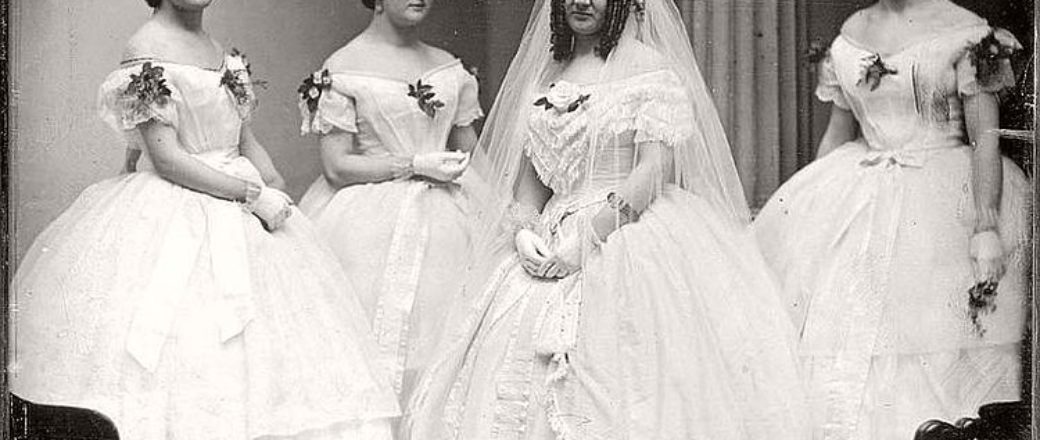Cheating Death presents more than 50 portraits from the medium’s first 50 years, almost all drawn from the museum’s extraordinarily rich holdings of 19th-century photography. In our selfie-besotted age, it is hard to believe that until 1839 only the upper-class could own a likeness of themselves or of their families or friends. That year brought the announcement of the invention of photography, ushering in a permanent shift in our relationship to our self-image. Having a photograph taken was not the casual, commonplace act it is now; it required an appointment with a professional portrait photographer or, occasionally, a serious amateur. The experts’ near monopoly lasted until 1888, when Kodak brought out the first snapshot camera.
By 1850, the proliferation of photographers and images dissipated the magic of merely mirroring a face, though not the pleasure of owning or sharing one’s portrait. Additional demands began to be placed on the photographic portrait. On one hand, it was employed to help catalogue, categorize, and explain society and the social order, and on the other, to delve beyond the physical to reveal a sitter’s inner thoughts and emotions.
Although it was a goal of early commercial portrait photographers to convey more than mere appearance, it was a woman pursuing photography as art, Julia Margaret Cameron, who most fully succeeded. This exhibition marks the Cleveland debut of Julia Jackson (1867), a depiction of the artist’s beloved niece taken weeks before the twenty-one-year-old’s wedding. Her gaze is more characteristic of peering into a mirror than posing before a camera lens, as if Jackson is examining her image and wondering how marriage will change it. With Cameron’s work, the photographic portrait came of age, advancing from physiognomic depiction to evocation of a sitter’s mind and heart.
Cheating Death: Portrait Photography’s First Half Century
October 22, 2016 – February 5, 2017
Cleveland Museum of Art
11150 East Blvd Cleveland, OH 44106
www.clevelandart.org
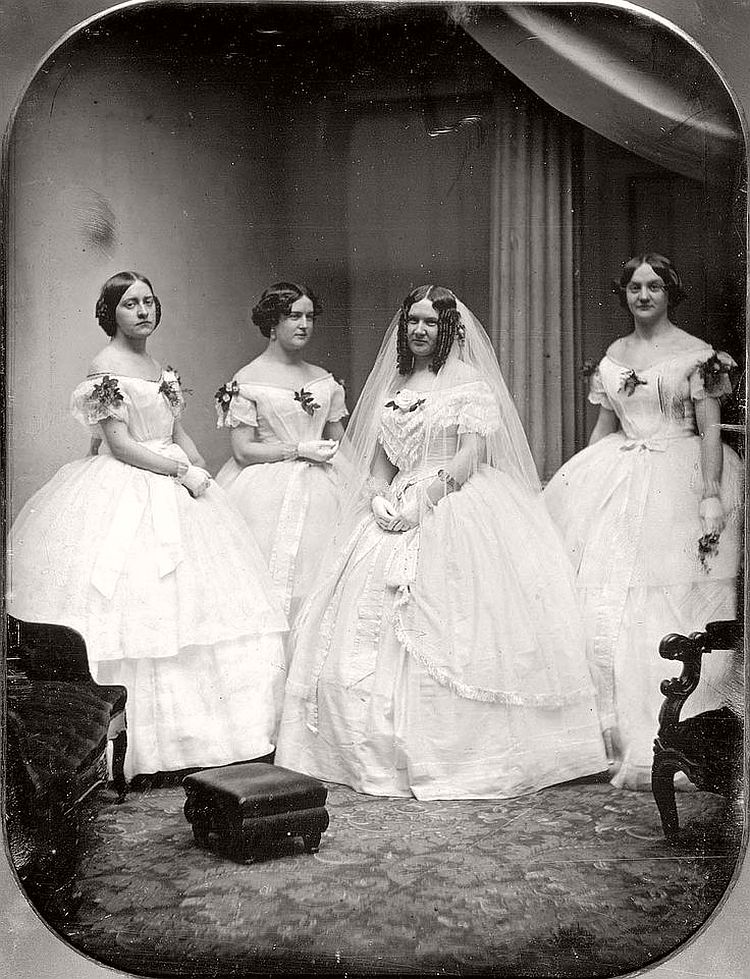
A Bride and Her Bridesmaids, 1851 or later. Josiah Johnson Hawes (American, 1808–1901) and Albert Sands Southworth (American, 1811–1894). Daguerreotype, whole plate; 19.9 x 14.8 cm. The Cleveland Museum of Art, Andrew R. and Martha Holden Jennings Fund 1999.171.
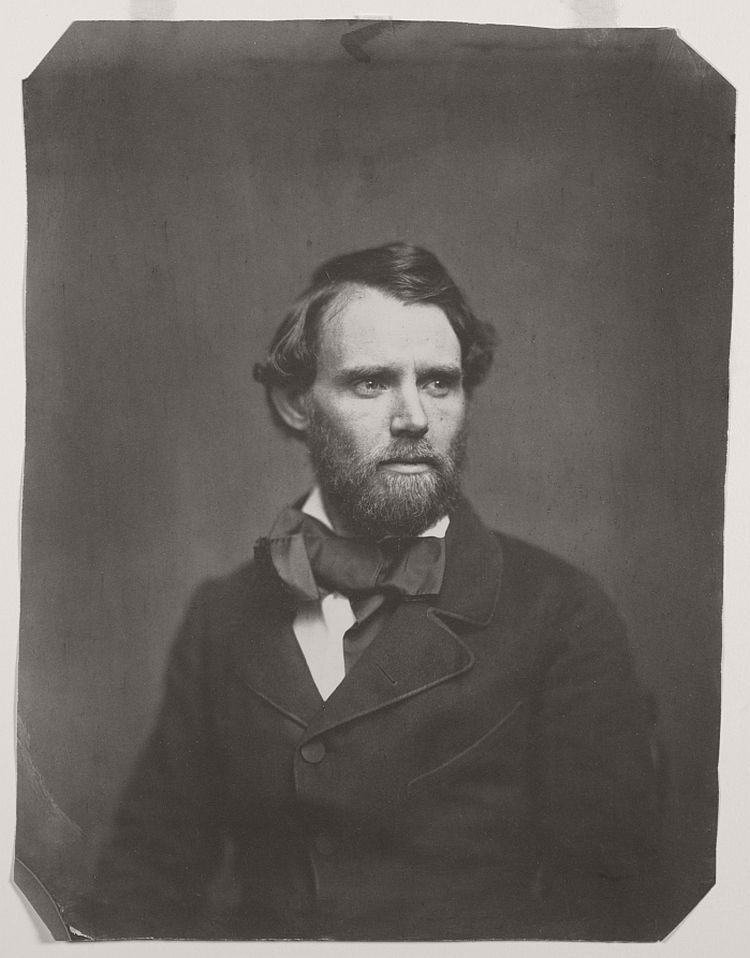
Senator George Ellis Pugh of Ohio, c. 1857. Attributed to Whitehurst Studio (American). Salted paper print from wet collodion negative; 31.1 x 23.7 cm. The Cleveland Museum of Art, Purchase from the J. H. Wade Fund 1997.194.

Julia and Ethel Arnold, c. 1872. Lewis Carroll (British, 1832–1898). Albumen print from wet collodion negative; 14.9 x 12.5 cm. The Cleveland Museum of Art, John L. Severance Fund 1996.11.
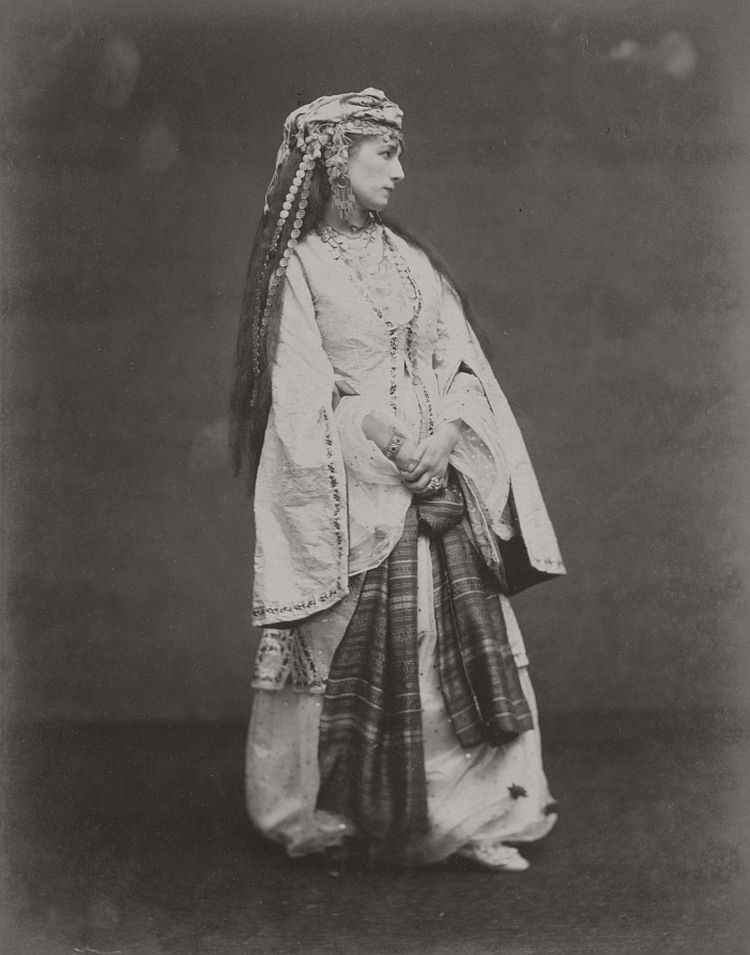
Sarah Bernhardt in “Zaire” by Voltaire, 1874. Étienne Carjat (French, 1828–1906). Albumen print from wet collodion negative; 27.3 x 21.3 cm. The Cleveland Museum of Art, John L. Severance Fund 1996.245.
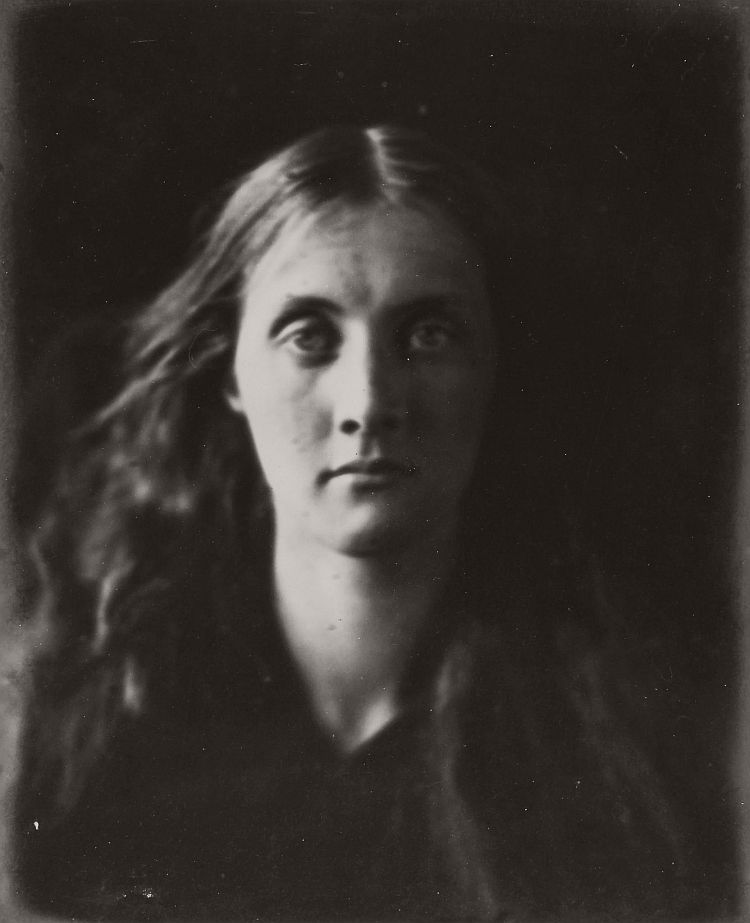
Julia Jackson, 1867. Julia Margaret Cameron (British, 1815–1879). Albumen print from wet collodion negative; 26.4 x 20.8 cm. The Cleveland Museum of Art, Purchase from the J. H. Wade Fund 2015.15

